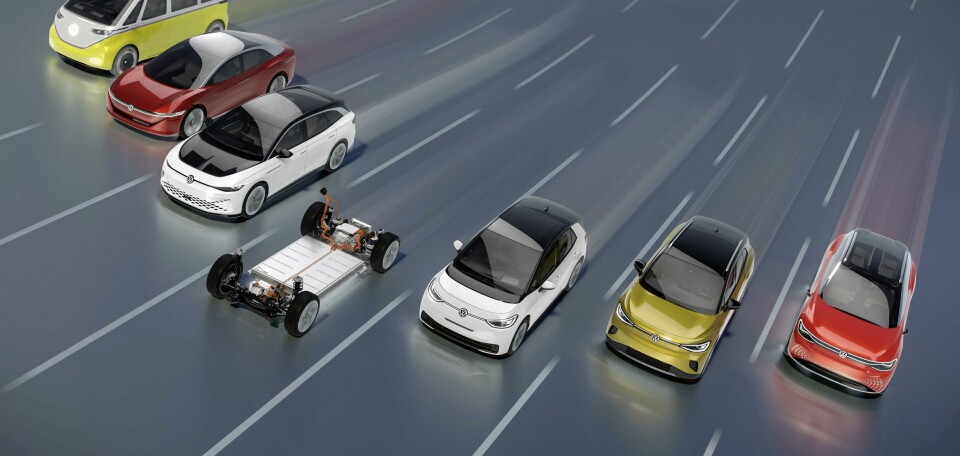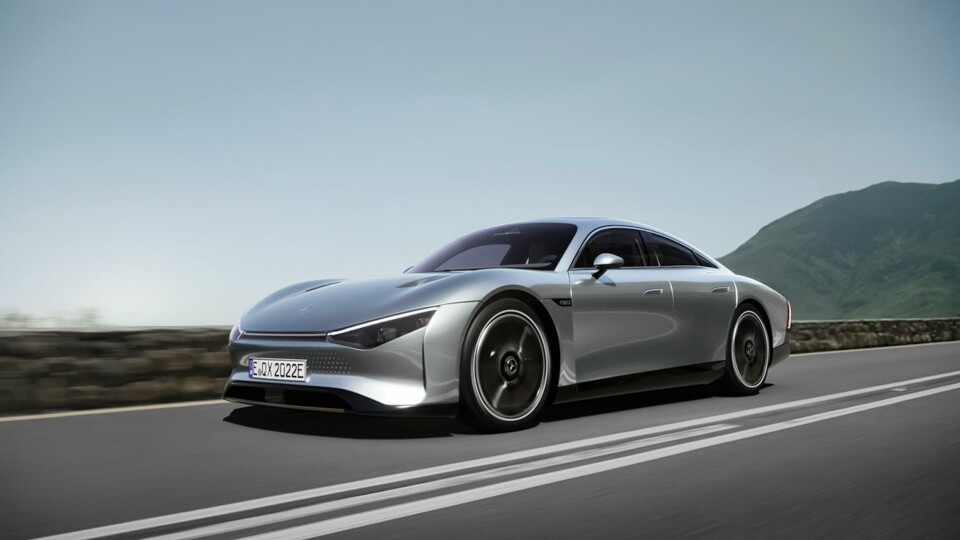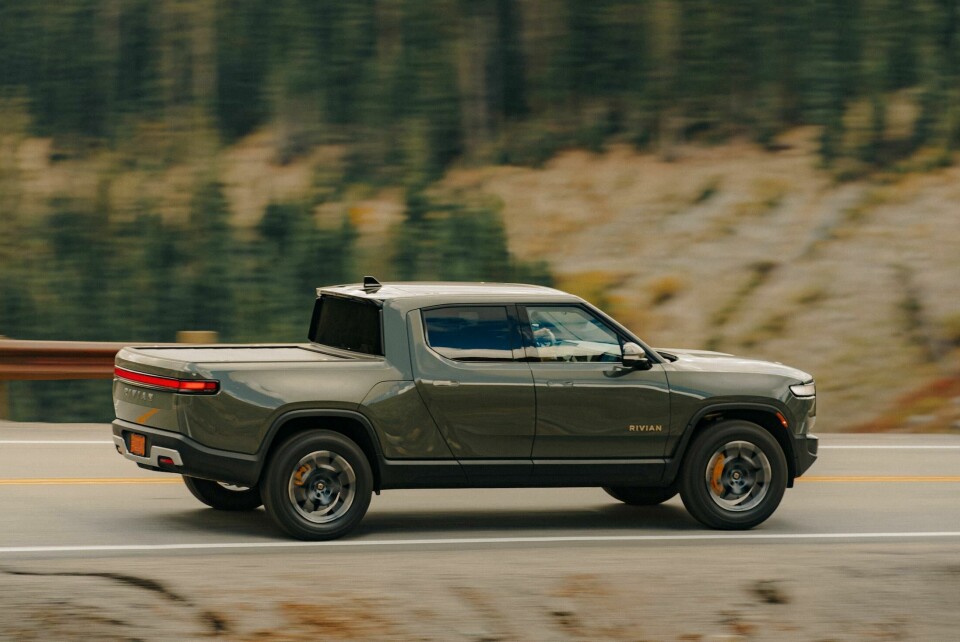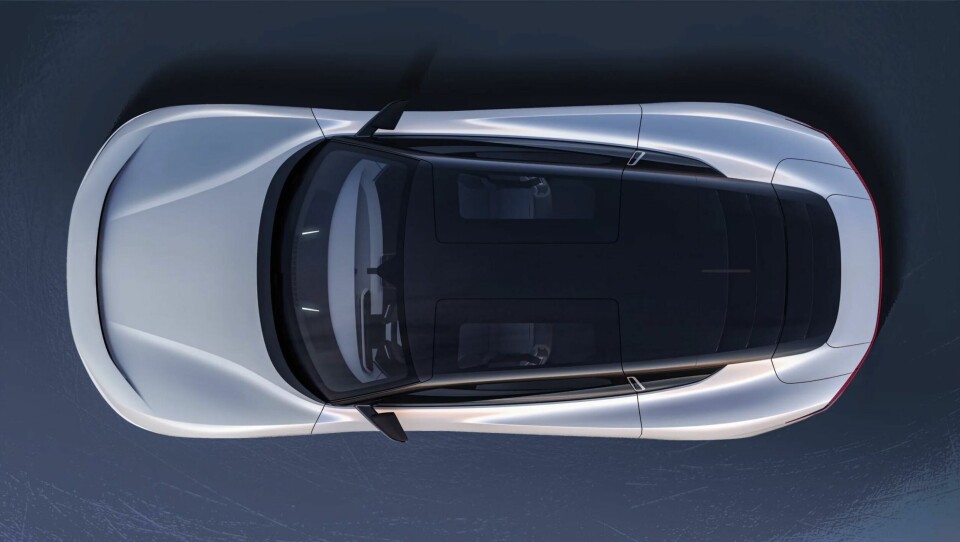
Will scalable electric vehicles all look the same?
Are cars at risk of becoming white goods as a result of aerodynamics requirements, shared platforms and homogenised technologies? Designers are confident they can find new ways of differentiating
Designers are being challenged to come up with cars that look slippery, but not samey. This is no mean feat when the narrative is dominated by aerodynamics, and shared platforms mean many cars share the same underlying technology. In the run up to the People Awards, Car Design News caught up with Rivian’s Jeff Hammoud and Mahindra’s Pratap Bose to dig deeper into the issue.
Removing the internal combustion engine from the front of the car (in most cases) is arguably the most radical shift that designers will have faced in a century. This is valuable real estate that has pushed drivers further back into the car, eating into cabin space, passenger leg room and storage in the boot.
This has led designers down a particular path for decades. Most cars are generally shaped and styled in a certain way. Long, sloping bonnets, angular air intakes and sculpted exhaust housings have characterised not only the most captivating supercars but also entry-level models.

But with no exhaust and no engine, elements like these effectively become obsolete in an EV. Designers are now tasked with reconsidering the silhouette, face and distinguishing features of a vehicle. Jeff Hammoud, head of design at Rivian, uses the oft-cited expression of “it’s not a challenge, but an opportunity” to describe the situation, but recognises that there will of course be teething pains.
“When you spend some time with an EV, you see a lot of the inefficiencies and compromises that come with an ICE vehicle. It provides a chance to look at different packaging opportunities,” Hammoud told Car Design News. “There are constraints as well of course, but going EV certainly offers opportunities in terms of how you can structure the vehicle, provide storage and how you style the vehicle.”
It might be an opportunity, but it won’t be easy. An EV’s cooling requirements are quite different, meaning the air intakes that once defined the face of the vehicle are either no longer needed or repositioned. Add in aerodynamics improvements, which can boost EV range, and conventional design norms come into question.
“This is one of the biggest things that will influence design moving forward, and you can already see the impact it is having,” says Hammoud. “With EV range so affected by aerodynamics, it is something that many manufacturers are really going to have to consider now. It’s not like they didn’t before, but it is such an enabler in terms of efficiency.”
In this sense, he says, smoother lines and a bullet-style body shape are low-hanging fruit for automakers looking to get the most of their battery packs. That’s all well and good on the spec sheet, but might it clip the wings of design teams?
We want vehicles to look a certain way, and it will be a challenge to ensure they look different
“You can see every year that vehicles come with increasingly slippery aero figures. That is a challenge that designers are going to have to continue working with,” says Hammoud. “Aero will shape a lot of what designers end up doing. We want vehicles to look a certain way, and it will be a challenge to ensure they look different. Efficient vehicles carry very similar shapes, so that will be one of the bigger challenges as more vehicles move to electrification.”
These are telling words from a company that makes full-size, multiple-tonne SUVs and pick-ups, which may lean more heavily on aero than others (or perhaps accept there is only so much that aero can do.) At least for now, the pick-up sector is staying true to form with boxy, flat-faced designs, with Volkswagen’s new Amarok a prime example.

One brand that is going against the grain is DeLorean, placing styling ahead of things like efficiency and storage space – the practical stuff that usually sells a car. Troy Beetz, chief marketing officer at DeLorean, even told CDN of the occasional friction between engineering and design as a result. On the whole, however, aerodynamics is a prevailing wind that designers are working through, creating slicker, less boxy designs across the board.
Many EVs also use shared platforms. This means that the underpinnings – the chassis and the wheelbase – are copy and pasted. It becomes increasingly important for designers to consider different overhang lengths, rooflines and overall body styling to ensure cars do not look overly similar.
Whenever car designers are faced with conditions where they cannot differentiate through technology anymore, car design always finds a way of strengthening its expression
At the same time, there must be a common design language that carries across the portfolio. It is a tough task that Pratap Bose, chief design officer at Mahindra, says must be met head on. Ironically, crash safety has already pushed designers to think outside of the box.
“With homogenised technology and architectures, a lot of people feel that car design will become faceless or very similar. This was also the case a few years ago when legislation started coming into the picture in terms of crash safety – with front, side, rear, pedestrian impact requirements. In fact, the opposite was true,” Bose observes. “We’ve seen that whenever car designers are faced with conditions where they cannot differentiate with technology anymore, car design always finds a way of strengthening its expression and approach.”

He admits that the parts which consumers don’t see will be quite similar, if not identical, but design will remain a creative task. “Most drivetrains and major components come from four or five suppliers globally, so the ability to differentiate technology will be reduced,” he emphasises. “However, the ability to distinguish and differentiate between design will be a lot greater. It is a good time to be a car designer.”
If EV range continues to dominate the narrative – entirely reasonable for an industry looking to drag drivers away from the pumps – there may be some difficult conversations between engineering and design departments to come.
Entries for the People Awards are now open, and you can submit your work here.



